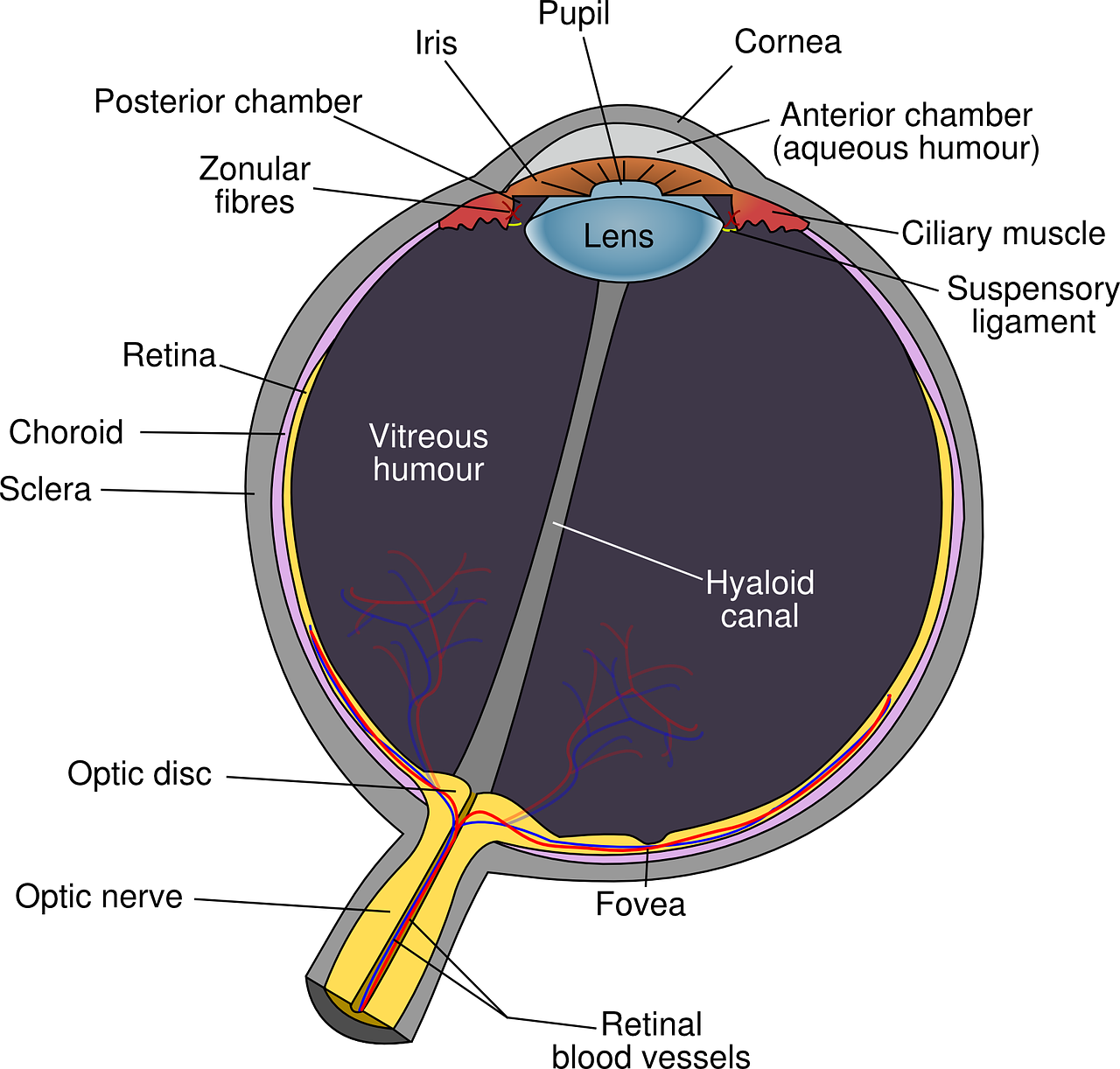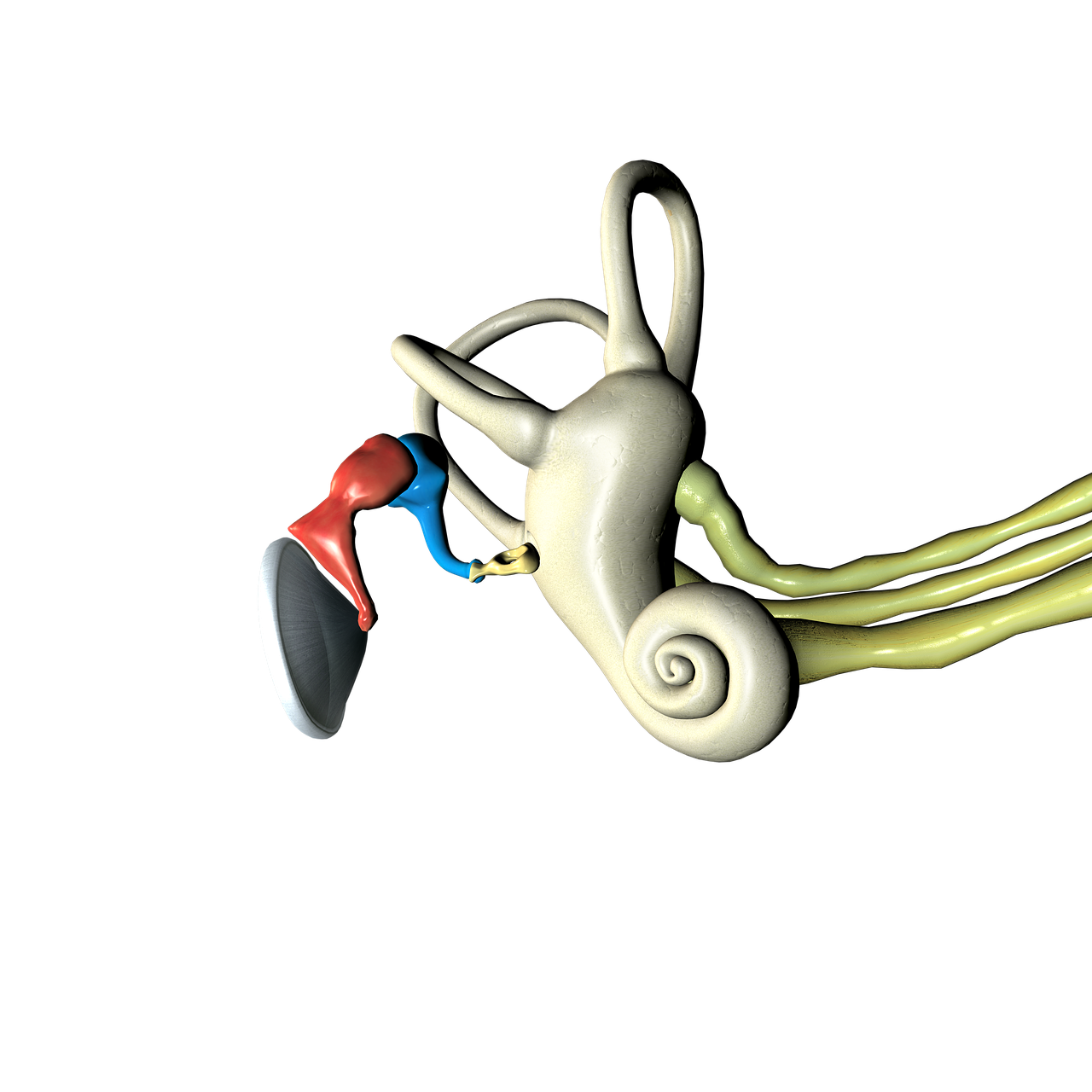FTC disclaimer: This post may contains affiliate links and we will be compensated if you click on a link and make a purchase.
Our sensory health is a complex network of interconnected systems, where the health of one can significantly impact another.
One such intriguing connection exists between our eyes and ears. Understanding this connection is crucial for overall sensory health, as disorders in one can often manifest symptoms in the other.
For instance, parafunction, or harmful habits, can influence the occurrence of eye and ear symptoms, as shown in a study conducted by the Medical University of Lublin.
This article aims to delve deeper into this interconnectedness, exploring the link between common eye and ear disorders.
We will also discuss effective management strategies for these disorders, such as early diagnosis and treatment of Usher syndrome, which can lead to hearing loss or even deafness at birth.
By shedding light on these intricate connections, we hope to provide a comprehensive understanding that aids in preventative measures and effective treatment methodologies for sensory health.
The Anatomy and Function of the Eyes and Ears
Our ability to perceive the world around us hinges on the complex structures and functions of our eyes and ears.
The eye, a marvel of biological engineering, continually adjusts the amount of light it lets in, focuses on objects near and far, and produces continuous images that are instantly transmitted to the brain.
This is made possible by a series of structures, including the sclera, the tough outer layer of the eyeball, and the orbit, the bony cavity housing the eyeball and its associated structures (source).
Similarly, the ear, our organ of hearing and balance, is composed of external and middle parts, including the pinna or outer ear, and the external auditory canal, a tube connecting the outer ear to the middle ear (source).
These sensory organs do not work in isolation but are interconnected, both anatomically and functionally.
For instance, the eyes and ears work together to help us maintain balance and orient ourselves in space.
However, this interconnectedness can also lead to the development of diseases and disorders, such as glaucoma, a common eye condition related to optic nerve damage.
Understanding the anatomy and function of the eyes and ears is thus crucial for effective management strategies (source).
Common Eye and Ear Disorders
The prevalence of eye and ear disorders is a growing concern, particularly as it impacts overall health and quality of life.
For instance, 18% of American adults aged 70 years or older reported vision impairment, and 33% reported hearing impairment, with 9% reporting both (source).
Common disorders such as cataracts, glaucoma, otitis media, and tinnitus share similar genetic, environmental, and lifestyle risk factors, contributing to their interconnectedness.
For example, exposure to oxidative stress, cigarette smoking, and atherosclerosis have been linked to cataracts, age-related maculopathy, and hearing loss (source).
These disorders can lead to complications in both senses. Vision mainly affects the physical and spatial environment, while hearing impairment can impact social interactions (source). Co-occurring eye and ear disorders can significantly decrease an individual’s quality of life.
Consider, for instance, a patient diagnosed with both cataracts and tinnitus. The progression of these conditions not only challenges their ability to see and hear but may also increase the risk of other health complications.
The interconnectedness of these disorders necessitates comprehensive management strategies for effective treatment (source).
The Lesser-Known Condition of Cogan Syndrome
Among the spectrum of eye and ear diseases, Cogan Syndrome stands out as a lesser-known but substantial condition. This rare disorder chiefly impacts your eyes and ears, often leading to vision and hearing loss.
In the early stages, Cogan Syndrome symptoms resemble many common disorders, challenging early diagnosis. Symptoms may include inflammation in the eyes, vestibulo auditory symptoms, and, in severe cases, balance problems.
Effective management of Cogan Syndrome relies on early detection. If left untreated, it could progress to permanent hearing and vision loss. Hence, patients should seek ongoing medical care at the first sign of unusual symptoms.
The latest advancements in managing this condition are promising. Options such as gene therapy and cochlear implants offer hope for those diagnosed, enabling them to lead healthier lives.
Maintaining Optimal Eye and Ear Health
The key to maintaining optimal eye and ear health lies in the effective prevention and management of chronic health conditions. Keeping your sensory system at its peak requires a multifaceted approach:
- Regular screenings: Yearly check-ups can catch early symptoms of conditions like glaucoma and otitis media, allowing for early treatment and preventing severe vision loss or hearing damage.
- Proper hygiene: Simple habits like regular hand washing can prevent common eye disorders and ear infections.
- Nutrition and lifestyle: A balanced diet rich in vitamins and minerals supports eye health, while avoiding loud noise exposure can protect your ears.
It is also crucial to manage chronic health conditions such as diabetes, which can lead to complications like diabetic retinopathy.
Remember, your eyes and ears are part of your holistic health and deserve as much care as the rest of your body.
Treatment Options for Eye and Ear Disorders
There are a plethora of treatment options available for managing eye and ear disorders, each uniquely tailored to the specific condition and its severity. These range from medication and surgery to innovative corrective devices.
Medication
Medication forms the first line of defense, especially in managing diseases like glaucoma or otitis media. In some cases, surgical interventions such as laser vision correction or cochlear implants may be necessary.
Gene Therapy
Chronic conditions require ongoing medical attention. Technological advancements have introduced game-changing treatment options like gene therapy that offer promising results, especially in the management of Cogan’s syndrome and Usher syndrome.
In conclusion, timely and appropriate treatment is crucial in preventing further vision impairment or hearing loss. Therefore, regular check-ups and consultations with health professionals are paramount to maintaining optimal sensory health.
Managing Eye and Ear Infections
Eye and ear infections are common ailments that, if not properly treated, can lead to serious complications.
Infections can occur due to a variety of reasons, such as a cold, throat infection, virus, or allergies, leading to a buildup of fluid in the ear tubes. This environment is conducive to bacteria or virus breeding, causing an ear infection.
On the other hand, the eye can be affected by infections like conjunctivitis or pink eye, which can be bacterial, viral, or related to an autoimmune disease.
Recognizing the symptoms of these infections is the first step to effective management. Common symptoms of ear infections include pain, while pink eye can be identified by redness, itching, or a gritty feeling in the eye.
The key to preventing complications and recurring infections is timely and appropriate treatment. This can involve the use of antibiotics for bacterial infections, antiviral medications for viral infections, or other therapies for conditions related to autoimmune diseases.
Prevention strategies are equally important in managing these infections. Maintaining proper hygiene, avoiding contact with infected individuals, and regular check-ups can help in early detection and treatment.
Conclusion
In summing up, understanding the intricate relationship between eye and ear health is paramount. The interconnectedness of these two senses significantly impacts how we perceive our surroundings and overall health and wellness.
For instance, a UCLA study showed that hearing can enhance the sense of sight, and research published in JAMA Ophthalmology demonstrated that visually impaired older adults are more likely to experience hearing loss.
Consequently, effective management strategies and preventive measures, like regular checkups, proper eye hygiene, and controlled screen exposure, can help in maintaining good eye and ear health.
It’s not just about seeing and hearing better; it’s also about reducing the risk of cognitive decline and physical accidents like falling.
Remember, your health is your wealth. Prioritize your eye and ear health and don’t hesitate to seek medical attention if you encounter any symptoms or concerns.











